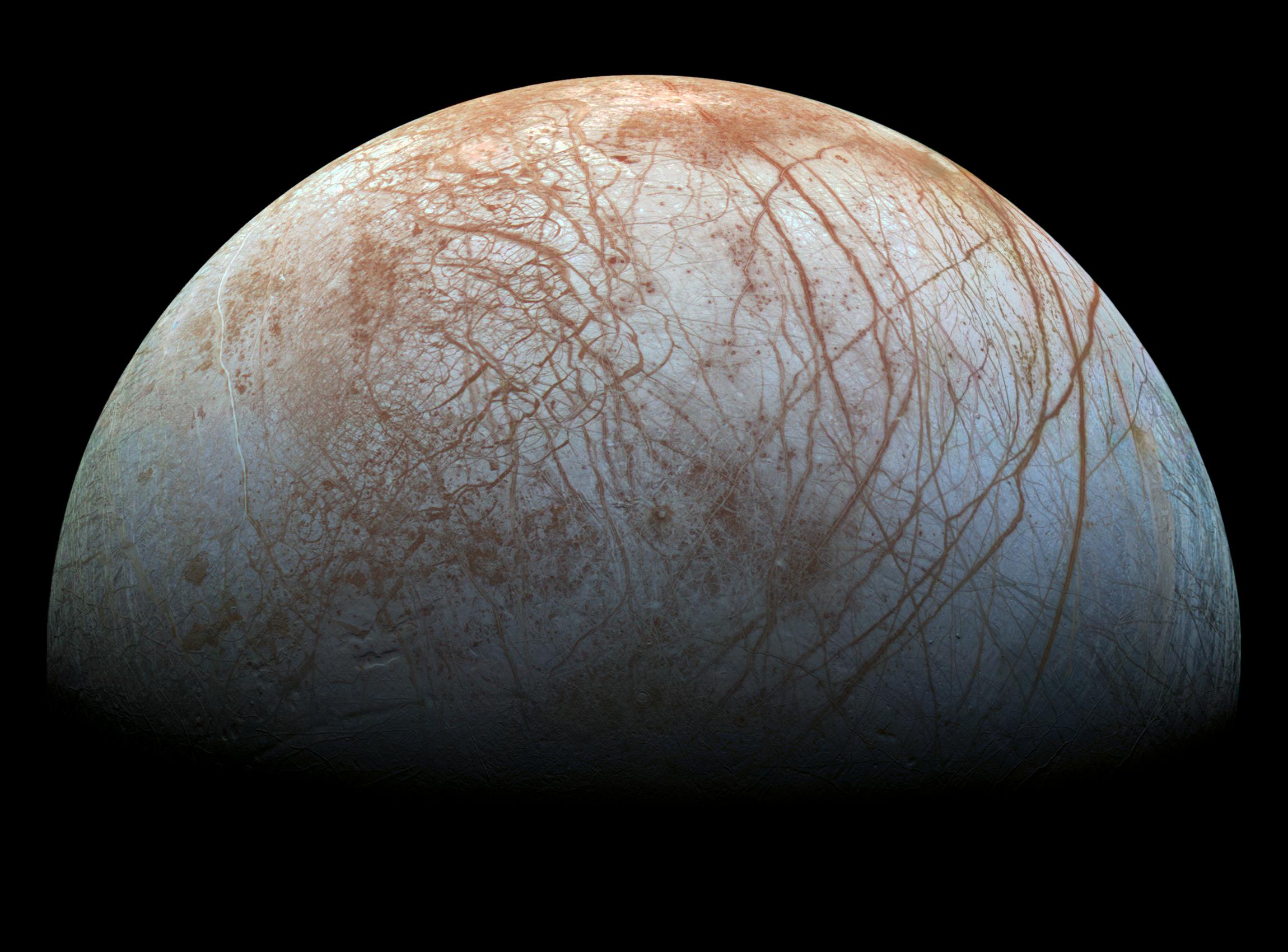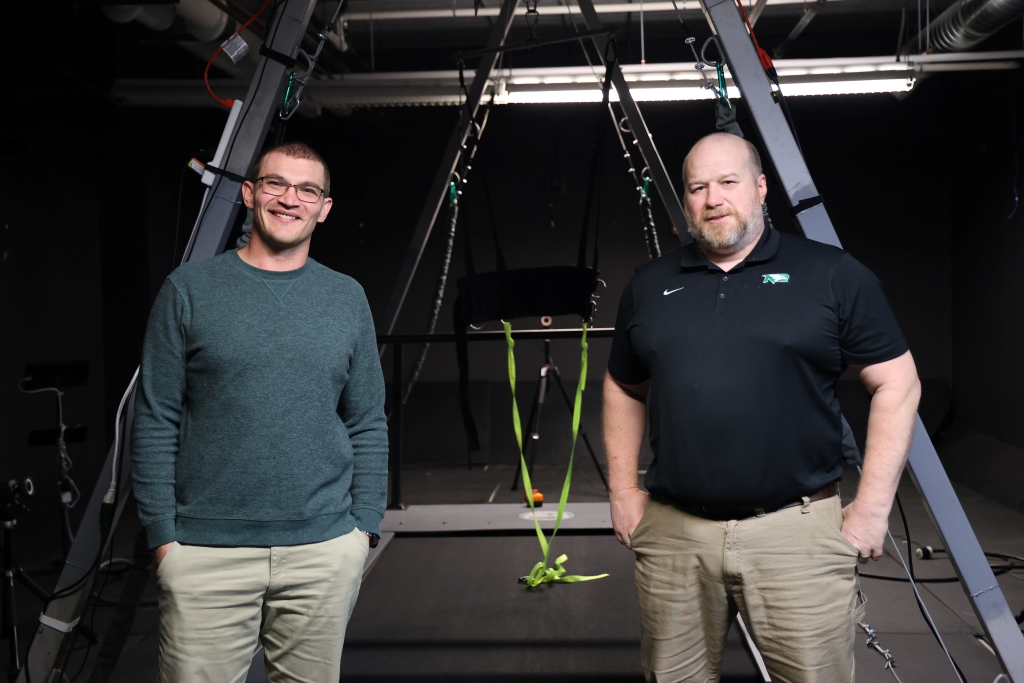A new NASA-funded citizen science project called HARP invites volunteers to join a journey of sonic space exploration to decipher cosmic vibrations that help sing the song of the Sun and Earth.
Earth’s magnetic environment is filled with a symphony of sound that we cannot hear. All around our planet, ultralow-frequency waves compose a cacophonous operetta portraying the dramatic relationship between Earth and the Sun.
Now, a new NASA-funded citizen science project called HARP – or Heliophysics Audified: Resonances in Plasmas – has turned those once-unheard waves into audible whistles, crunches, and whooshes. Early tests have already made surprising finds, and citizen scientists can join the journey of sonic space exploration to decipher the cosmic vibrations that help sing the song of the Sun and Earth.
“What excites me most about the HARP project is the ability for citizen scientists to make new discoveries in heliophysics research through audio analysis,” said the project’s principal investigator, Michael Hartinger, a heliophysicist at the Space Science Institute in Colorado. “We need their help to understand complex patterns in the near-Earth space environment.”
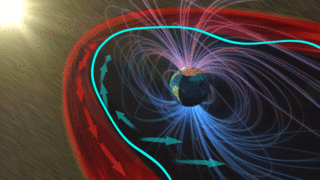
Between Earth and the Sun, space is not truly empty but is filled with a soup of charged particles called plasma. This plasma comes from the Sun, pumped out in a steady stream called the solar wind and sporadically blasted away in explosive solar eruptions. When this solar plasma strikes Earth, it causes the magnetic field lines and plasma around Earth to vibrate like the plucked strings of a harp, producing ultralow-frequency waves.
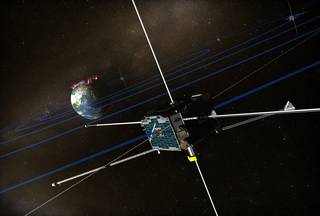
In 2007, NASA launched five satellites to fly through Earth’s magnetic “harp” – its magnetosphere – as part of the THEMIS mission (Time History of Events and Macroscale Interactions during Substorms). Since then, THEMIS has been gathering a bounty of information about plasma waves across Earth’s magnetosphere.
“THEMIS can sample the whole harp,” Hartinger said, “and it’s been out there a long time, so it has collected a lot of data.”
The frequencies of the waves THEMIS measures are too low for our ears to hear, however. So the HARP team sped them up to convert them to sound waves. By using an interactive tool developed by the team, you can listen to these waves and pick out interesting features you hear in the sounds.
“The process of identifying new features through deep listening feels a bit like treasure hunting,” said Robert Alexander, a HARP team member from Auralab Technologies in Michigan. “I’m excited for individuals around the world to get a taste of this experience through the HARP project.”
According to the team, humans are often better at picking out interesting wave patterns by ear than by eye – and can even do better than computers at identifying complex patterns that emerge during extreme solar events.
“The human sense of hearing is an amazing tool,” said HARP team member Martin Archer of Imperial College London. “We’re essentially trained from birth to recognize patterns and pick out different sound sources. We can innately do some pretty crazy analysis that outperforms even some of our most advanced computer algorithms.”
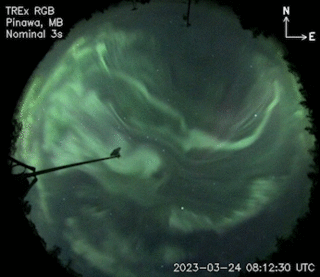
HARP was inspired by an earlier sonification project led by Archer called MUSICS (Magnetospheric Undulations Sonified Incorporating Citizen Scientists). When Archer asked high school students in London to listen to sonified data (measurements converted into sound) from National Oceanic and Atmospheric Association (NOAA) satellites, they identified a new plasma wave pattern related to solar storms.
“London high school students were able to pick out a complex but repeatable pattern in the sound that the automated methods missed,” Hartinger said. “HARP is going to take this to a new level working with a much larger dataset from NASA’s THEMIS mission and with a much larger online audience.”
There’s an advantage to having a wide and diverse group of people listen to the sounds, the team says.
“Everyone hears the world differently,” explained Emmanuel Masongsong of the University of California, Los Angeles, who is a HARP team member and a member of NASA’s THEMIS mission. “Every participant will react uniquely to the vibrations in space. What one person ignores, another may be drawn to immediately. We want people to discover things that we never considered, or that computer algorithms would not be able to detect. That’s how discoveries are made!”
Preliminary investigations with HARP have already started revealing unexpected features, such as what the team calls a “reverse harp” – frequencies changing in the opposite way than what scientists anticipated.
“HARP has the potential to find things that we weren’t expecting, which is really exciting,” Archer stated.
HARP could also provide insights about phenomena that other NASA citizen scientists have encountered, such as sounds heard by amateur radio operators participating in the HamSCI project, or wave-like auroras examined through the Aurorasaurus project.
“Data sonification provides human beings with an opportunity to appreciate the naturally occurring music of the cosmos,” said Alexander. “We’re hearing sounds that are literally out of this world, and for me that’s the next best thing to floating in a spacesuit.”
To start exploring these sounds, visit the HARP website.
Related links:
By Vanessa Thomas
NASA’s Goddard Space Flight Center, Greenbelt, Md.















